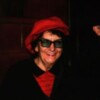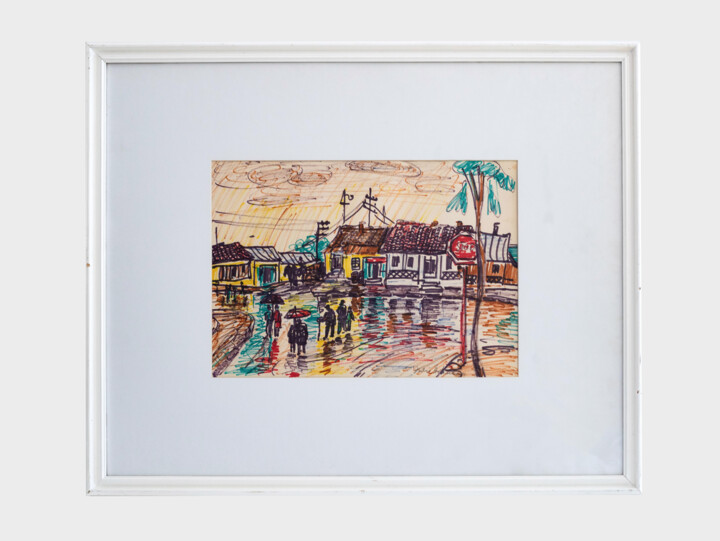
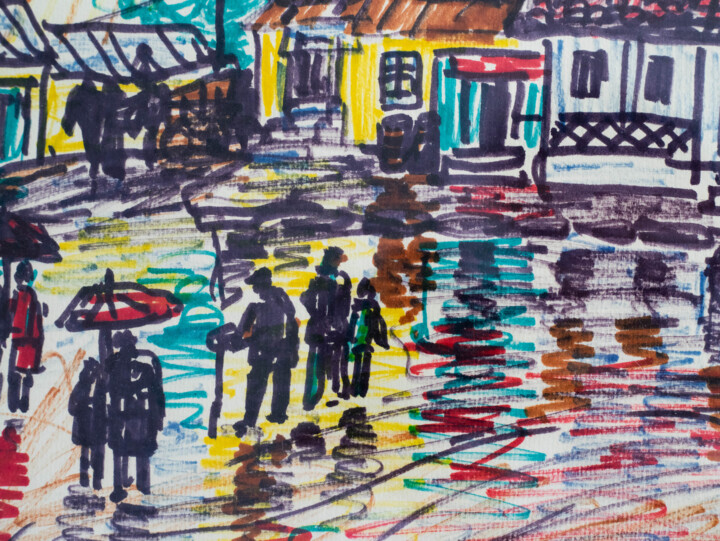
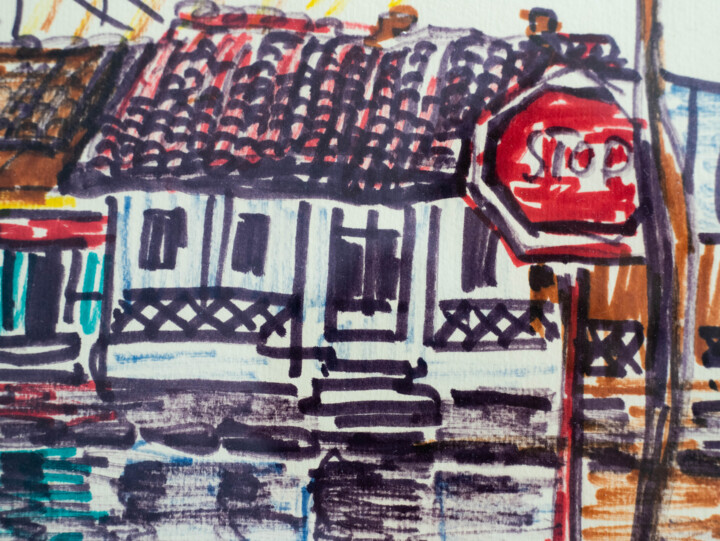
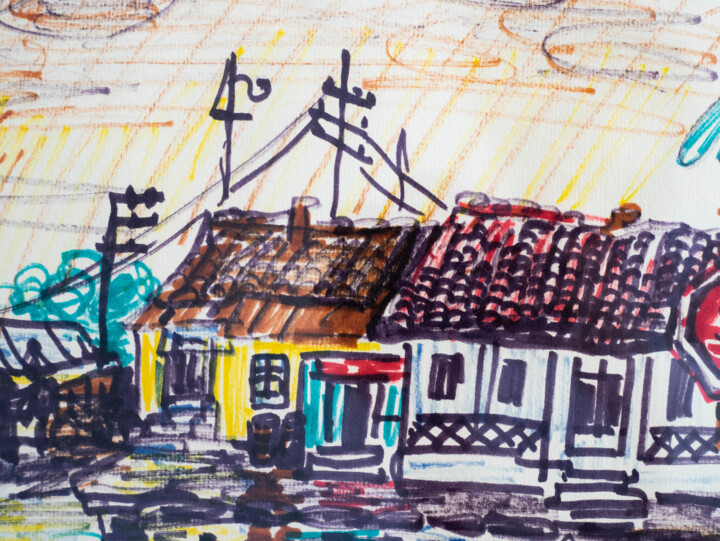


"Square in Prague" (1957) Pintura por Iulia Hălăucescu
Más información
- embalaje (Embalaje de caja o cartón) Todas las obras se envían cuidadosamente protegidas y aseguradas, con un transportista premium.
- Seguimiento Seguimiento del pedido hasta la entrega al comprador. Se proporcionará un número de seguimiento para que pueda seguir el paquete en tiempo real.
- Plazos de tiempo Entrega mundial de 3 a 7 días (Estimar)
- Impuesto de aduana no incluido El precio no incluye gastos de aduana. La mayoría de los países no tienen impuestos de importación para obras de arte originales, pero es posible que deba pagar el IVA reducido. La oficina de aduanas calculará las tasas de aduana (si las hubiere) a la llegada y el transportista las facturará por separado.
Más información
- Certificado de autenticidad online rastreable Los certificados de autenticidad se pueden verificar en línea en cualquier momento escaneando el código de la obra de arte.
- Certificación de la cotización de artista. Los expertos estudian el conjuto de la obra de un artista y su carrera y luego establecen una cotización media independiente y fiable. La cotización media permite situar al artista en una gama de precios durante un período determinado. También se puede solicitar a los expertos que fijen una cotizacion para una obra en particular.
Más información
Pago seguro 100% con certificado SSL + 3D Secure.
Más información
-
Obra de arte original (One Of A Kind)
Pintura,
Acuarela
en Papel
-
Dimensiones
27,6x47,2 in
Dimensiones del trabajo solo, sin marco: Altura 19,7in, Anchura 27,6in - Estado de la obra de arte la obra esta en muy buen estado
- Enmarcado Esta obra se enmarca (Marco + debajo del vidrio)
- Categorías Pinturas menos de 20.000 US$ Expresionismo
Frame condition: 9/10
Original watercolor painting signed by Iulia Halaucescu.
Temas relacionados
Born on the 31st of March 1924 in Tarcau within the Neamț Mountains she has been passionate about art since childhood. She played theater, recited poems, wrote scripts and was fascinated by gypsy dances. Nevermore, she has been selected the class painter for her botanical and anatomical drawings.
During this period, she encounters her teacher Lupu-Chesloi who introduces her to the watercolour techniques, uncovering the enigma of colour and water. This prompts her to be the winner of a competition organized by “Children’s Universe” as well as many other scholar competitions.
In the year of 1943, during the middle of WW2 her life reaches a crossway as she enrolls in the courses of the University of Bucharest where she takes up philosophy as a major. At this time, her artistic career seems to stagnate. However, something she did not yet know was that the universe was merely paving her pathway toward finding her true topos. Within an auto-biography, Iulia states that her study of philosophy has prompted her to better organize her thoughts, reaching essences, as she further confesses that she did not plan on pursuing a career in philosophy, but on organizing her ideas coherently. She takes up private lessons with Schweitzer-Cumpană whom, through guidance and advice imprints the force of colour and form unto the young artist.
In 1948, at the same time with the educational reform she definitively parts ways with her philosophical career and painting devoutly embraces her. She marries Lucius Petronius Hălăucescu, her confident in matter of art, the soul of many of her exhibitions, a Theo Van Gogh. At the debut of their romantic love story, Iulia would communicate through images. It is a suite of watercolour in a vibrant sentimentalism, which would be unequaled in her artistic endeavours, but which marks, beyond its lyrical undertext, her artistic debut with the watercolour technique, a technique for which the artist writes chapter of her own. During this period, the artist gravitates between the techniques of oil and watercolour and at the same, it is the the start of a period of timid but more and more pregnant artistic incursions. As she returns to Piatra Neamț, Iulia shifts her gaze upon the city of Iași, the city where Ștefan Dumitrescu and Nicolae Tonitza excelled. In 1948, as she provides a few paintings and graphical drawings for the regional competition, she is lucky enough to be spotted by Nicolae Baba. His keen eyes immediately spots her particular stamp and her veritable artistic mark and he recommends to her that she should enroll in Belle Art, in the autumn of the year 1949.
There and in Bucharest, after the dismantling of Belle Art the artist polishes a bunch of techniques as well as her vision which she garnered during her private lessons with S.Cumpană.
Prior to becoming “The lady of Romanian watercolour” as she not only imposed herself to the public whom she enthusiastically electrised during each exhibition, but also to the art critics....
-
Nacionalidad:
RUMANÍA

- Fecha de nacimiento : 1924
- Dominios artísticos: Representado por una galería,
- Grupos: Artistas Contemporáneos Rumanos Artistas presentados por una galería









